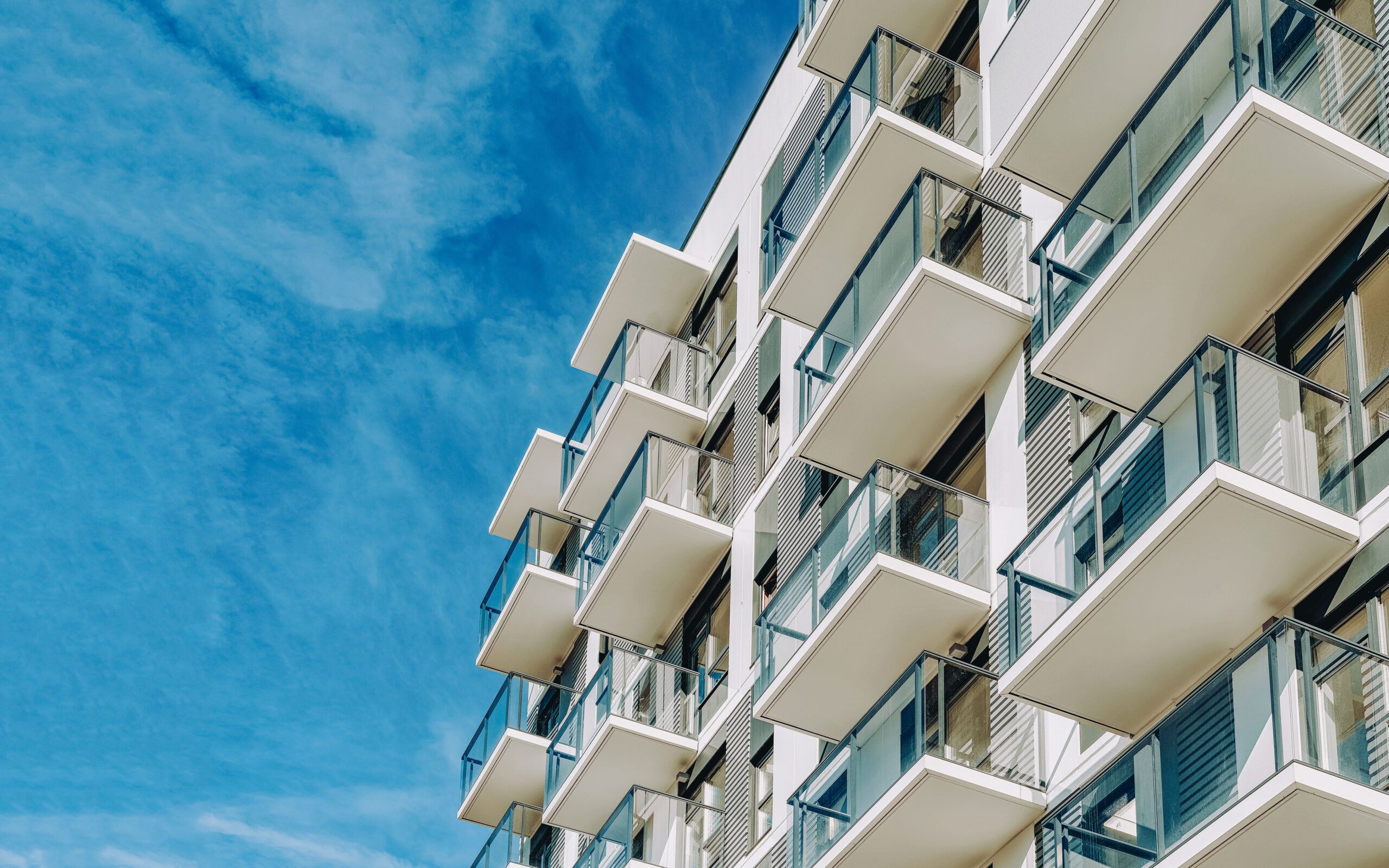Civil Code Section 5551, a statute within the Davis-Stirling Act and applicable to common interest developments with three (3) or more unit, obligates homeowners’ associations (“HOA”) to satisfy certain inspection requirements of all exterior elevated elements within a project that are more than six feet (6’) off the ground and supported in substantial part by wood or wood-based products. Examples of such exterior elements include balconies, decks, stairways and walkways.
These visual inspections – used to determine whether these elements are in a generally safe condition and performing in accordance with applicable standards – must be performed by a licensed structural engineer or architect, with the initial inspection being completed by January 1, 2025.[1] Thereafter, subsequent inspections must be undertaken and completed at least every nine (9) years.
Based upon the inspector’s visual inspections, further inspection, and construction and materials expertise, the inspector must then prepare and issue a written report containing the following information:
(1) The identification of the building components comprising the load-bearing components and associated waterproofing system.
(2) The current physical condition of the load-bearing components and associated waterproofing system, including whether the condition presents an immediate threat to the health and safety of the residents.
(3) The expected future performance and remaining useful life of the load-bearing components and associated waterproofing system.
(4) Recommendations for any necessary repair or replacement of the load-bearing components and associated waterproofing system.
Civ. Code. § 5551(e).
The inspector’s report must be stamped or signed by the inspector, presented to the board, and incorporated into the HOA’s reserve study as required by Civil Code Section 5550. Inspection reports must be maintained in the HOA’s records for two inspection cycles. Civ. Code § 5551(f), (i).
Partner Engineering and Science, Inc., will be holding a webinar to address these inspection requirements in more detail. Registration for this event may be completed here.
[1] Note: the inspection of applicable buildings for which a building permit application has been submitted on or after January 1, 2020, must occur no later than six (6) years following the issuance of a certificate of occupancy.
Authored by Reuben, Junius & Rose, LLP Attorney Michael Corbett.
The issues discussed in this update are not intended to be legal advice and no attorney-client relationship is established with the recipient. Readers should consult with legal counsel before relying on any of the information contained herein. Reuben, Junius & Rose, LLP is a full service real estate law firm. We specialize in land use, development and entitlement law. We also provide a wide range of transactional services, including leasing, acquisitions and sales, formation of limited liability companies and other entities, lending/workout assistance, subdivision and condominium work.


